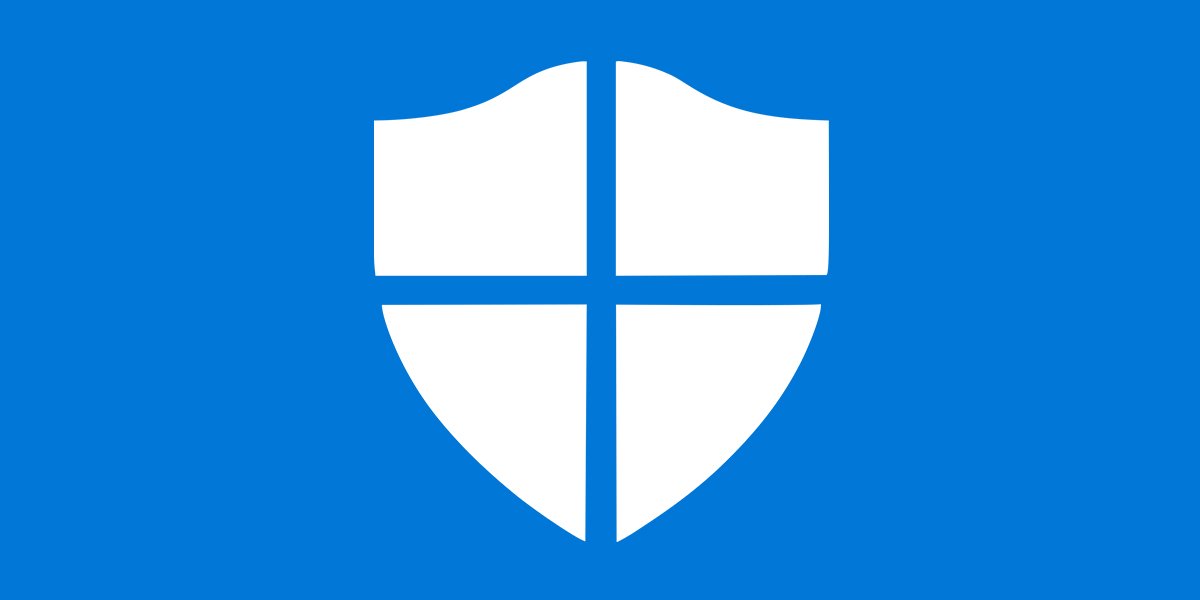Microsoft seems to have removed one choice στο μητρώο που απενεργοποιεί το Microsoft Defender. Η εταιρεία συνεχίζει να παρέχει την επιλογή απενεργοποίησης μέσω του Group Policy, αλλά η επιλογή για τους απλούς χρήστες των Windows σταμάτησε να υπάρχει (εκδόσεις Home και Pro).
The Windows Defender is default antivirus application that comes with Windows 10. Older versions of Windows such as Windows 8.1, Windows 8, Windows 7 and Vista also had it, but in the past it was not as effective as it only scanned for spyware and adware. 
In Windows 8 and Windows 10, Defender began to rely on the Microsoft Security app Essentials and since then it offers better protection against all kinds of malware. Microsoft renamed the app to Microsoft Defender.
DisableAntiSpyware was a special option in the Registry and could be used to disable Defender. It was available in all versions of Windows 10, even Home and Pro. So it seems the company is changing that.
This setting is interrupted and will be ignored on client devices, from the August 2020 update, or version 4.18.2007.8 of Microsoft Defender Antivirus.
Advanced users and administrators can use Group Policy and other related options to turn off Defender.
Let's mention that Microsoft with this move shows that they don't want you to disable it security software of Windows. Until now, if you install any other security software, Microsoft Defender Antivirus is automatically disabled by the third-party software.
This may change in the near future, as Microsoft may add more restrictions (unless the major security software companies protest).





